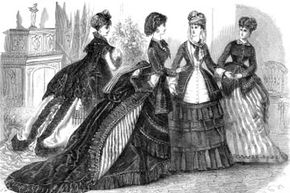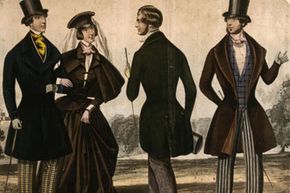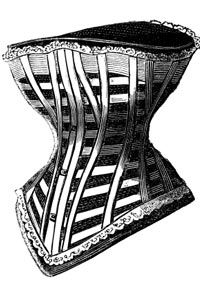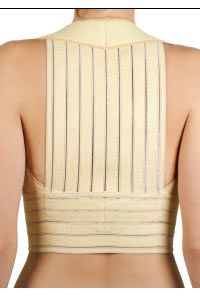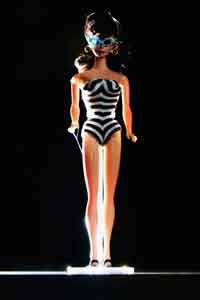They often represent the ultimate in feminity but can be notoriously uncomfortable. No wonder corsets have a reputation. In one form or another they've been around for thousands of years, dating back to ancient Crete [source: Thomas]. What are they? Who wears them? And why would they?
The word itself comes from a diminutive form of Old French cors ("body"), and the corset is in fact a body-shaping garment. Early versions of corsets were called stays; the term corset didn't come into general use until the late 18th century. The garment itself can be short and belt-like around the waist or cover you from hips to bust. If a corset shapes the wearer's figure to match a societal or individual ideal, then it's doing its job.
Advertisement
Don't make the mistake of thinking corsets are history. If you follow Hollywood or the music industry, it's easy to find celebrities stepping out wearing corsets either as street fashion outerwear or as a figure-slimming undergarment.
It's impossible to talk much about corsetry without going into specialized terminology, so let's go over a few key terms you'll need to get familiar with.
Extreme corsetry involves tight-lacing, which is when your corset laces are pulled progressively tighter and tighter on a regular basis to achieve the smallest possible waist.
Historically made from whale bone (not an actual bone, but the teeth of a baleen whale) or reed, the stiff inserts of the corset that keep the body in the desired shape are called bones. Today, steel and plastic are more common materials for bones.
Coutil is the tight-woven cotton fabric traditionally used in corsets -- and it's still used today. Its high thread count keeps the fabric from stretching and keeps the bones in place. Before the 19th century, linen was also a common corset fabric. Today you'll find corsets made from leather, coutil and other fabrics, depending on the function and style. Many modern corsets have a coutil base, but a less sturdy fashion fabric on the outside.
The wood, metal or plastic busk forms the front closure of a high-quality Victorian corset, and needs to be strong enough to support the tightening laces in the back without breaking. In the Elizabethan era and the 18th century, the busk was a wooden insert that served to both flatten the stomach and provide a stage for decorative stomachers.
The corset's been around long enough to develop quite the extensive vocabulary, along with a lot of misconceptions. In the next section, we'll dispel some of the freaky myths and legends you might have heard about these unique garments.
Advertisement
